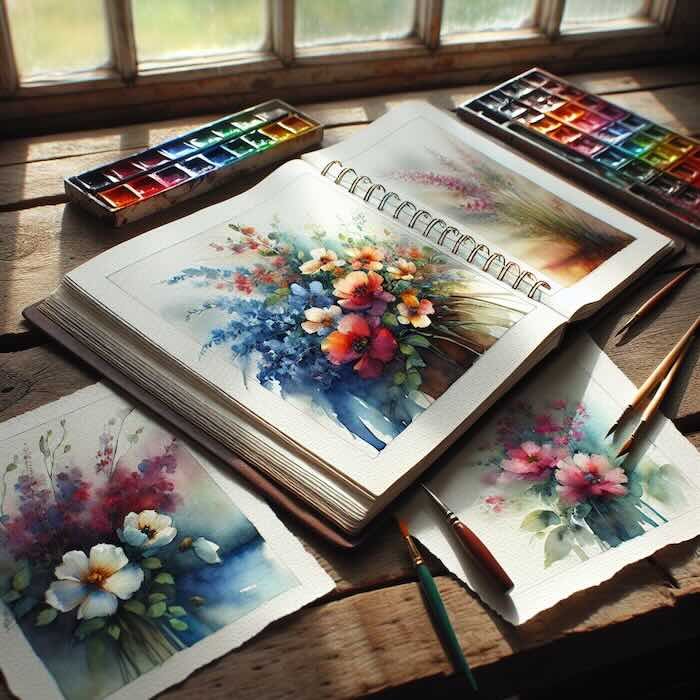
Watercolor painting, with its ethereal washes and dreamy textures, is a technique cherished by artists and creatives alike. But behind every breathtaking watercolor masterpiece lies a lesser-known hero—the right paper. Choosing the right watercolor paper is crucial for achieving the effects you envision. This blog explores the nuances of watercolor paper, guiding you toward making informed decisions to elevate your art.
Creating smooth washes or capturing intricate details requires the best watercolor paper. There are many different types of paper for watercolor, many weights, and many textures, including hot-pressed, cold-pressed, and rough. The article discusses the nuances of watercolor paper. Your creative vision can be brought to life beautifully with our guidance, ensuring that you make informed decisions.
Understanding Watercolor Paper
Watercolor paper is a specialized medium designed for water-based paints, defined by its weight, texture, and material composition. Heavier weights, like 300gsm, offer durability, while textures—hot-pressed, cold-pressed, and rough—affect paint adherence and detail. Cotton watercolour paper provides superior absorbency and longevity, while wood pulp is more economical but less durable. Understanding these factors helps artists create lasting artworks.
Varieties of Watercolor Paper

Watercolor paper isn’t just a mere surface; it’s a foundation that influences the entire painting process. The primary distinction lies in the material—cotton versus wood pulp. Cotton watercolor paper, known for its durability and absorbency, is favored by professionals. It offers a smoother finish, allowing the paint to flow gracefully. On the other hand, wood pulp paper is more affordable and ideal for beginners or practice sessions. Understanding the differences can help tailor your paper choice to your artistic needs.
Understanding Paper Weight
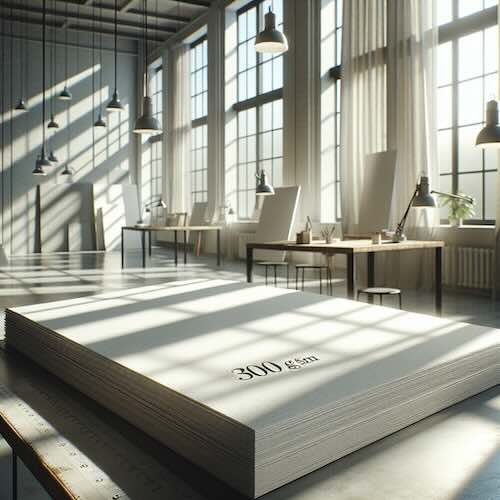
A crucial aspect of selecting watercolor paper is its weight, usually expressed in pounds (lbs) or grams per square meter (gsm). The weight indicates the paper’s thickness and its capacity to handle water. Heavier papers, like 300 gsm, resist warping when wet, making them ideal for intricate techniques. In contrast, lighter papers, around 190 gsm, are better for dry brushwork or light washes. Understanding paper weight helps match your choice to your preferred techniques and the amount of water you plan to use.
Discussing Watercolor Paper Texture
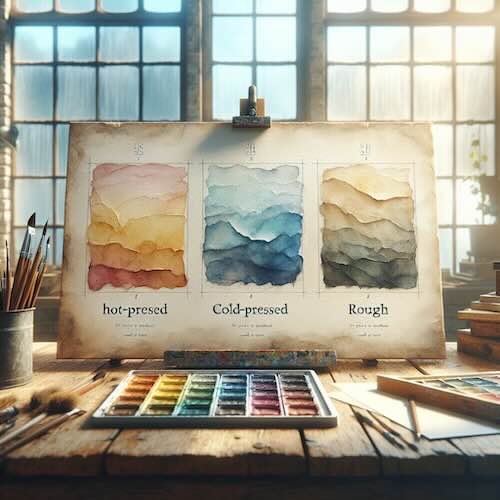
Hot-Pressed: Known for its smooth texture, watercolor hot-pressed paper is ideal for detailed work and fine lines. Its lack of texture allows for intricate brushwork and precision, making it a favorite for botanical illustrations and realistic portraits. However, the smooth surface can present challenges with pigment absorption, requiring careful technique to prevent colors from mixing unintentionally.
Cold-Pressed: With a medium texture, cold-pressed (or NOT) paper strikes a balance between detail and expressiveness. The slight tooth of the paper enhances the vibrancy of colors while allowing for controlled blending. It’s versatile for various styles, from landscapes to abstract art, and accommodates both wet-on-wet and wet-on-dry techniques.
Rough: Watercolor rough paper boasts a pronounced texture that adds character and depth to paintings. The texture creates interesting granulation effects and enhances the tactile quality of the artwork. This type is perfect for artists who enjoy bold, expressive strokes and want to emphasize texture in their work.
Guide to Choosing the Perfect Watercolor Paper
Your choice of paper for watercolor should match your painting style and technique. If you like wet-on-wet applications, try using heavier, cotton-based paper. For detailed work, hot-pressed paper is better. Matching your style with the right paper type ensures a smooth transition from concept to creation.
Choosing Paper Texture for Desired Effects: The texture of your paper is as unique as your art. Experiment with different textures to find which best enhances your aesthetic. Rough paper adds drama to ethereal landscapes, while smooth (hot-pressed) paper supports precision and control. Striking this balance can elevate your paintings into compelling visual stories.
Understanding the Importance of Paper Sizing and Stretching: Sizing is a crucial step in paper production, influencing how paint clings to its surface. Properly sized paper absorbs water evenly, preventing undesirable bleeding. Moreover, stretching the paper helps avoid buckling, ensuring a smooth surface and protecting the integrity of your artwork, particularly during heavy washes.
A Comprehensive Guide to Utilizing Watercolor Paper
To prepare your watercolor paper, follow these essential steps. Start by lightly sketching your composition. Then, secure the edges to a board with masking tape to prevent curling. For lighter paper, consider pre-wetting and stretching it; tape it while wet and let it dry flat. These steps ensure a stable foundation for your painting.
Experimenting with various watercolor papers is invaluable for understanding their distinct properties. Create small swatches with different techniques—such as washes, dry brushing, or layering—on each paper type. Observe how the paint interacts and adjust your approach accordingly. This experimentation is key to finding the paper that best complements your artistic vision.
Unlock Your Artistic Potential
Paper for watercolor is an essential tool for artists of all levels, offering a reliable surface for enhancing their skills and creativity. Designed to withstand washes, wet-on-wet applications, detailed brushwork, and layering, this high-quality paper allows users to practice various watercolor techniques.
Artists can experiment freely, exploring different styles and mediums, while the paper’s durability supports a wide range of artistic endeavors. By consistently working on watercolor paper, artists can build confidence in their abilities and develop a personalized style that reflects their unique artistic journey.
Amazon Basics Watercolor Pad, 9″x12″, 140 lb / 300 gsm, 30 Sheets, White
- Watercolor pad for amateurs, professionals, and students
- Cold-press surface suitable for multiple media types
- Heavy-weight, acid-free paper ensures archival longevity
- True-to-size sheets easily removable from pad
- Sturdy chipboard backing with fold-over cardstock cover
- Measures 9 x 12 inches; includes 30 sheets per pad
- Paper weight is 140 lb/300 gsm for durability
Bellofy 2X Watercolor Paper Pad 100 Sheets | 9×12 In | Kids, Artists & Beginners Love | For Watercoloring Techniques
- Watercolor pad set with two 50-sheet notebooks
- 130 lb, 190 gsm cold-pressed finish for watercolor use
- Acid-free paper prevents bleed-through and fading
- Micro-perforated sheets for easy and safe removal
- Can be used for printing designs and painting
- Ideal for travel, fits in backpacks, and portable
- Great gift for kids, beginners, and artists
- Set provides 100 sheets for creative freedom
MEEDEN 5X7″ Watercolor Block, Textured Surface, Cold Pressed, 20 Sheets (140lb/300gsm) Art Paper for Watercolor Gouache Ink Acrylic and More
- Made from 100% pure cotton, heavyweight 140lb paper
- Acid-free, chlorine-free, pH-neutral for archival quality
- Cold-pressed texture perfect for diverse watercolor techniques
- Excellent water absorption, holds color well
- 20 sheets glued on all sides for easy tearing
- Compact 5″ x 7″ size ideal for travel and practice
- Versatile for watercolor, markers, ink, and charcoal
- High-quality paper delivers brilliant color results
Canson XL Series Watercolor Pad, Heavyweight White Paper, Foldover Binding, 30 Sheets, 9×12 inch
- Cold press textured paper for various media
- Suitable for watercolor, acrylic, and dry media
- Durable surface withstands repeated washes
- Acid-free, natural white color and texture
- Available in sizes 11″ x 14″ and larger
Strathmore 300 Series Paper for Watercolor Pad, 9×12 inches, 24 Sheets (140lb/300g) – Artist Paper for Adults and Students – Watercolors, Mixed Media, Markers and Art Journaling
- cid-free
- Made in the USA
- Measures 9×12 inches
- Cold Press 140lb paperweight
Conclusion
In the realm of watercolor painting, the choice of paper is a vital decision that can significantly impact the outcome of your art. By understanding the various types, their textures, and materials, artists can unlock new dimensions of creativity and expression. Armed with this knowledge, you can confidently select the best watercolor paper suited to your artistic vision.

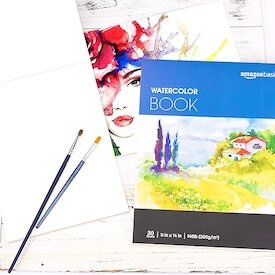


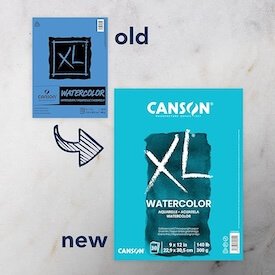

Hurray, this is just the right information that I needed. You make me want to learn more! Stop by my page Webemail24 about
Hey there, I appreciate you posting great content covering that topic with full attention to details and providing updated data. I believe it is my turn to give back, check out my website for additional resources about Journalism.
This was a very good post.
Great job site admin! You have made it look so easy talking about that topic, providing your readers some vital information. I would love to see more helpful articles like this, so please keep posting!